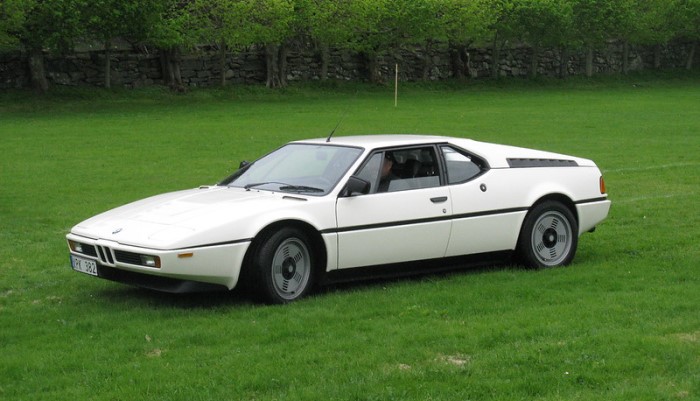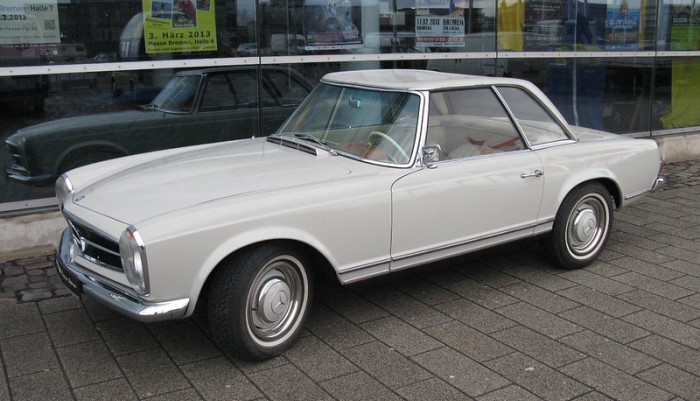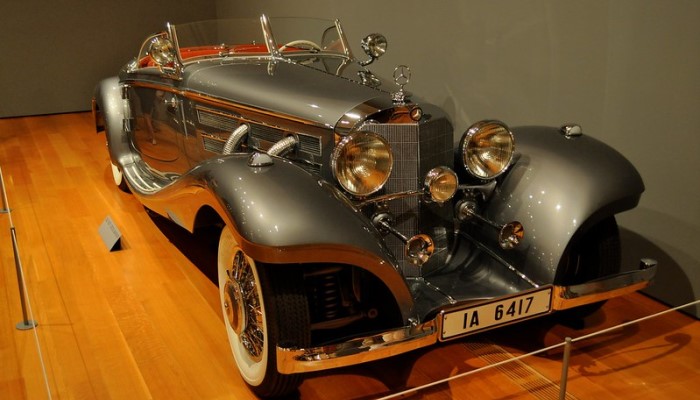Mercedes-Benz C111
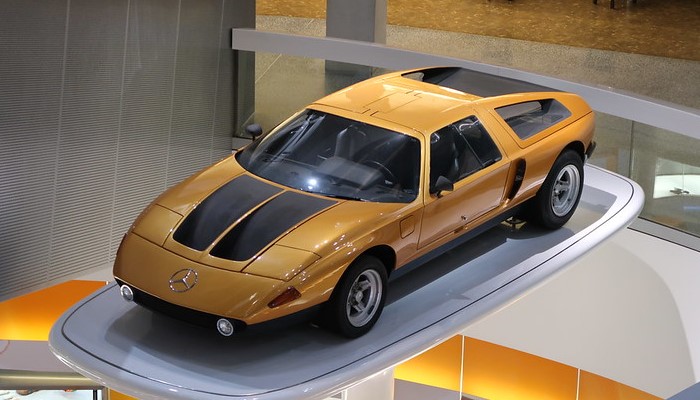
Photo: "Mercedes-Benz C 111" by GillyBerlin
Spectacular Vision of the Future
In September 1969, at the Frankfurt Motor Show, Daimler-Benz presented its vision of the cars of the future. The project, called "C111", demonstrated the latest approach in the design and manufacturing technology of sports cars.
The style of the car, with its doors rising up, promised fans of the brand with the three-pointed star a worthy successor to the Mercedes-Benz 300SL "Gullwing".
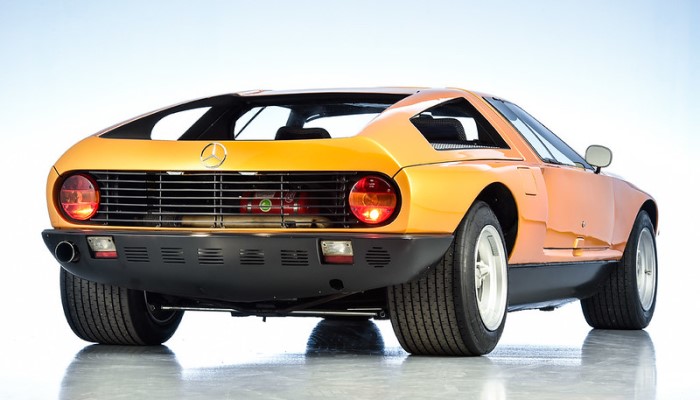
The following spring, the second series C111 was shown in Geneva with even sleeker, low-body lines, prompting fans of the brand to send signed checks of unmarked denomination to Stuttgart in an attempt to stake their claim on one of these beauties.
Alas, their dreams were not destined to come true. The company's plans did not include the release of the C111 sports coupe. These were experimental cars, research specimens on which aerodynamic fiberglass bodies connected to a steel floor structure were tested.
Wankel Rotary Engine
There was another revolutionary feature hidden under the body. The experimental C111 car was equipped with a Felix Wankel rotary piston engine.
Invented back in the late 20s (Wankel received a patent for his engine in 1929), the Wankel RPD was first installed on the NSU Ro 80 production car in 1967, after which almost all the world's leading automakers acquired patents for the invention: Alfa Romeo, Daimler-Benz, General Motors, Nissan, Toyota, Mazda and others.
Mercedes began cautious experiments with the Wankel RPD back in 1962, and after purchasing the patent, it began active development work. Their result was the Mercedes-Benz C111.
Performance Characteristics
The performance characteristics of the car, equipped with a three-rotor engine, were impressive from the very beginning. The Wankel fitted to a 1969 Mercedes produced 280 hp, propelling the lightweight car to a top speed of 162 mph (260 kph).
The acceleration time to 62 mph (100 kph) was 5 seconds. The second C111 (1970), equipped with a four-section engine with a power of 350 hp, covered the 62 mph (100 kph) in 4.8 seconds, accelerating to a maximum speed of 186 mph (300 kph).
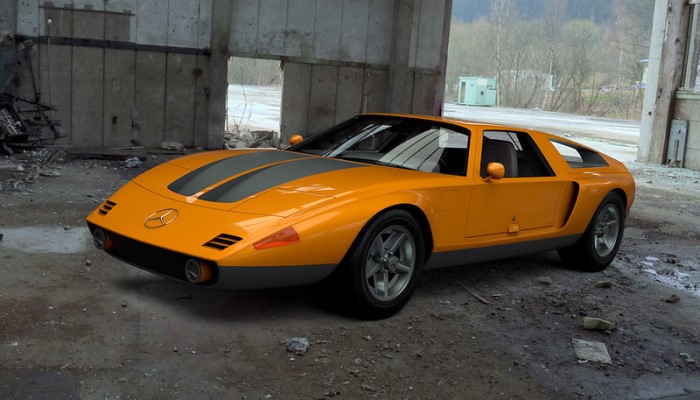
Unfortunately, having solved the problems of cooling an unevenly heating engine, Daimler-Benz in the 1970s was unable to cope with high consumption, incomplete combustion of fuel, and, as a result, "dirty" exhaust.
This was due to completely objective reasons: the lack of appropriate processing technologies, which became available only a quarter of a century later.
Mercedes-Benz C111 in Today's Market
Today, the Mercedes-Benz C111 is a symbol of timeless innovation. Its streamlined silhouette and sleek lines still turn heads, even though it's more than five decades old. The car's pop-up headlights and gull-wing doors further add to its distinctive charm. It was truly a vehicle designed for the future, and it remains just as captivating today.
Despite its initial success and admiration from car enthusiasts, the Mercedes-Benz C111 never made it into full-scale production. Instead, it became a symbol of what could have been, a prototype that showcased the German automaker's daring and creativity. However, this limited production adds to the car's allure, as it is now a rare gem that only a fortunate few can own.
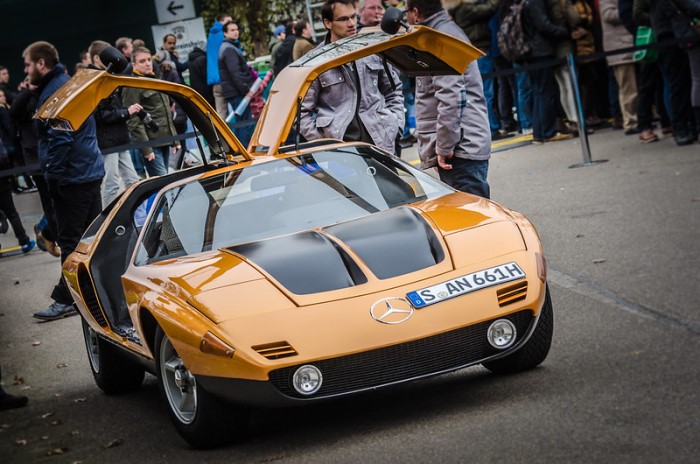
Photo: "DSC_8847" by Thomas Ormston
For those lucky enough to come across a C111 in today's market, it represents an opportunity to own a piece of automotive history. Its timeless design and revolutionary features make it a collector's dream, with prices reflecting its desirability. While it may not be a practical everyday car, this beauty is undeniably a statement piece that will turn heads wherever it goes.

Unique Car Zone Team
A group of several fans of everything that moves on four wheels, a few article creators, a couple of marketing strategists, designers, web developers, and lots of coffee.




